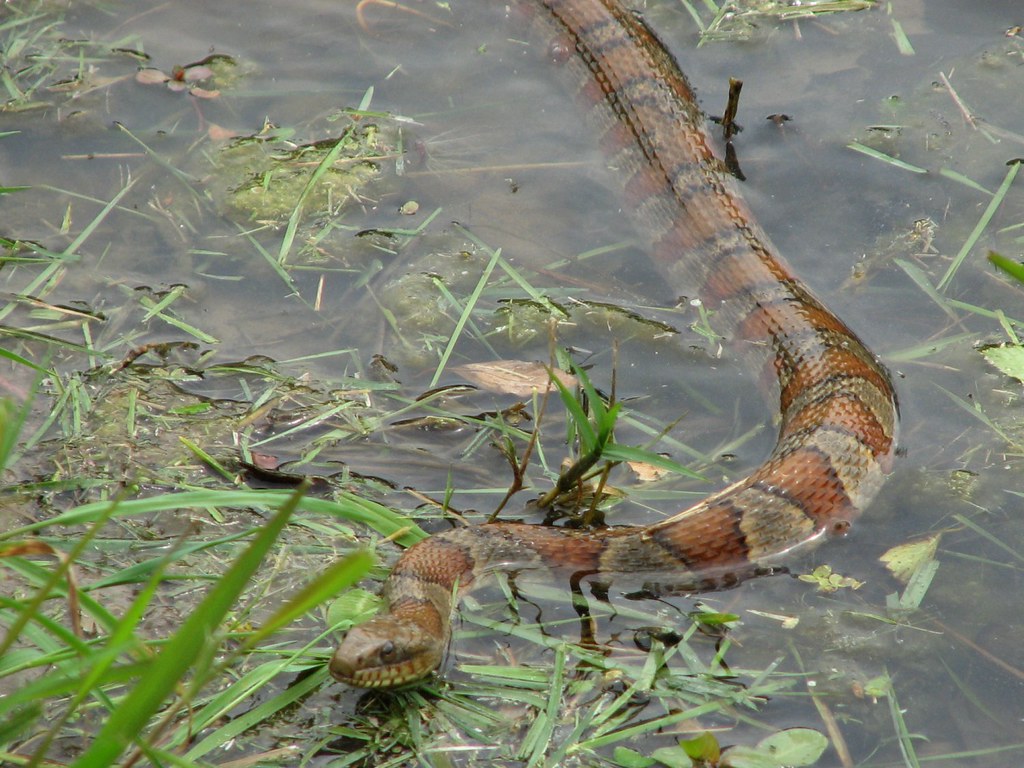Having multiple pets in a household can create a complex dynamic, especially when those pets are as different as snakes and dogs. While the concept of jealousy in reptiles differs significantly from mammals, snakes can display behaviors that may appear similar to what we recognize as jealousy. Understanding these behaviors is crucial for maintaining harmony in a multi-pet household. This article explores the signs that might indicate your snake is experiencing stress or territorial feelings due to your dog’s presence, along with practical solutions to help both pets coexist peacefully.
Understanding Snake Behavior vs. Mammalian Emotions
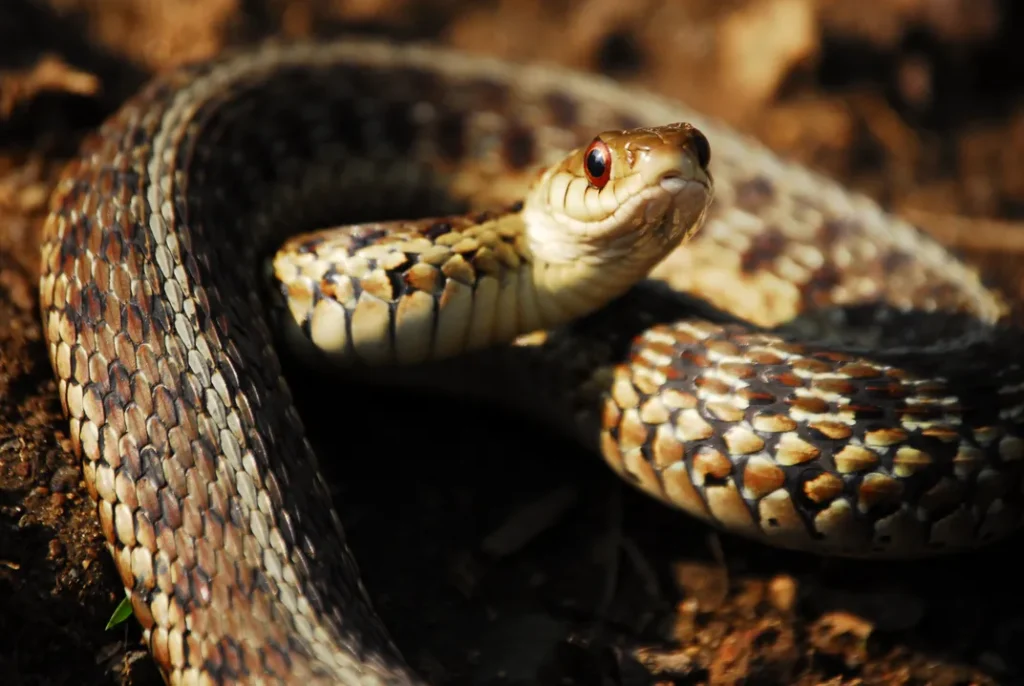
Snakes process the world very differently than mammals like dogs. While dogs have evolved complex social structures and emotional responses, snakes primarily operate on instinct and basic survival mechanisms. Scientifically speaking, snakes don’t experience emotions like jealousy in the way humans understand it. They lack the neocortex structures in the brain associated with complex emotions. However, snakes do experience stress, territorial behavior, and survival instincts that can manifest in ways that appear similar to jealousy. Understanding this fundamental difference is essential before interpreting your snake’s behaviors in response to your dog’s presence.
Changes in Feeding Patterns
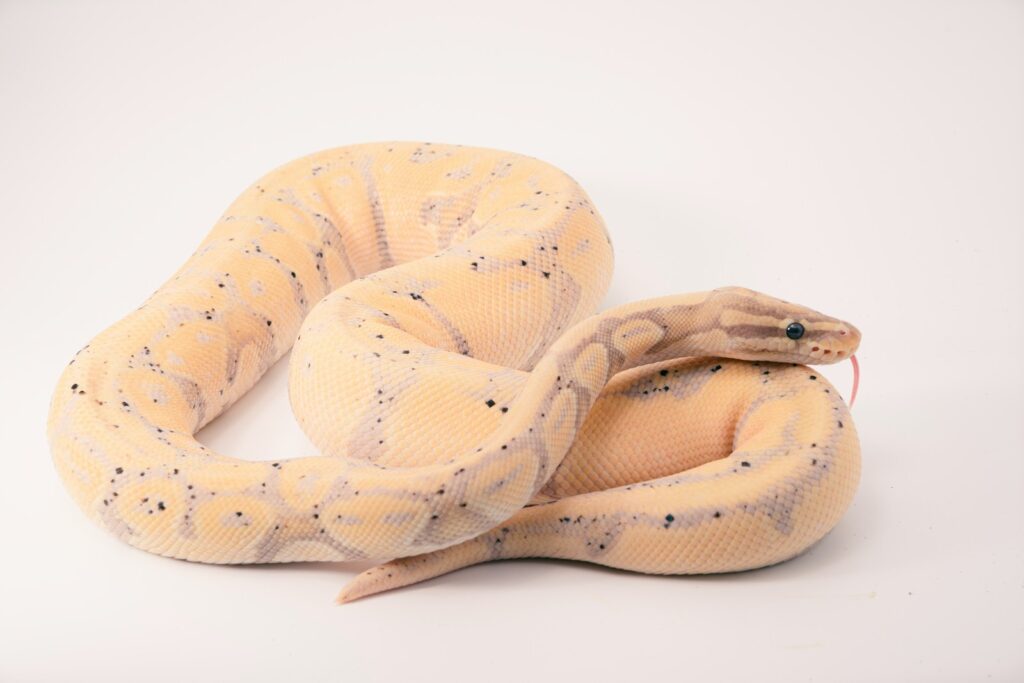
One of the most telling signs that your dog’s presence stresses your snake is a change in feeding patterns. A snake that previously ate well but suddenly refuses meals when your dog is nearby might be displaying stress rather than hunger. Some snakes may become more aggressive during feeding, striking at food more violently than usual. Others might stop eating altogether, which can quickly become a health concern. Keep detailed feeding records to track any changes that coincide with dog interactions. Remember that snakes can go longer without food than mammals, but consistent refusal requires attention.
Defensive Posturing When the Dog Is Present
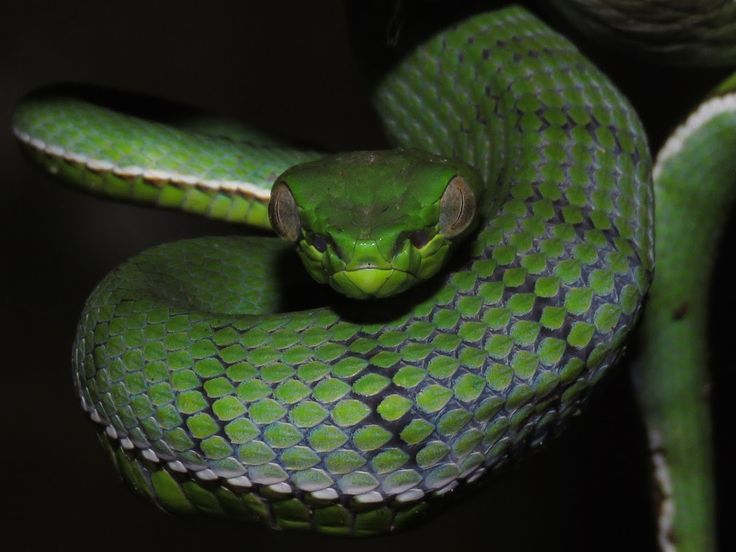
Snakes communicate largely through body language, and defensive posturing is a clear indicator of stress or perceived threat. If your snake consistently assumes an S-shape, flattens its head or body, hisses, or rapidly vibrates its tail when your dog is nearby, it’s displaying classic defensive behavior. These actions are the snake’s way of saying it feels threatened and is preparing to defend itself if necessary. Ball pythons might curl into a tight ball with their head hidden, while species like corn snakes might attempt to flee. These defensive behaviors specifically triggered by your dog’s presence suggest the snake views the dog as a potential predator rather than experiencing “jealousy” per se.
Increased Hiding Behaviors
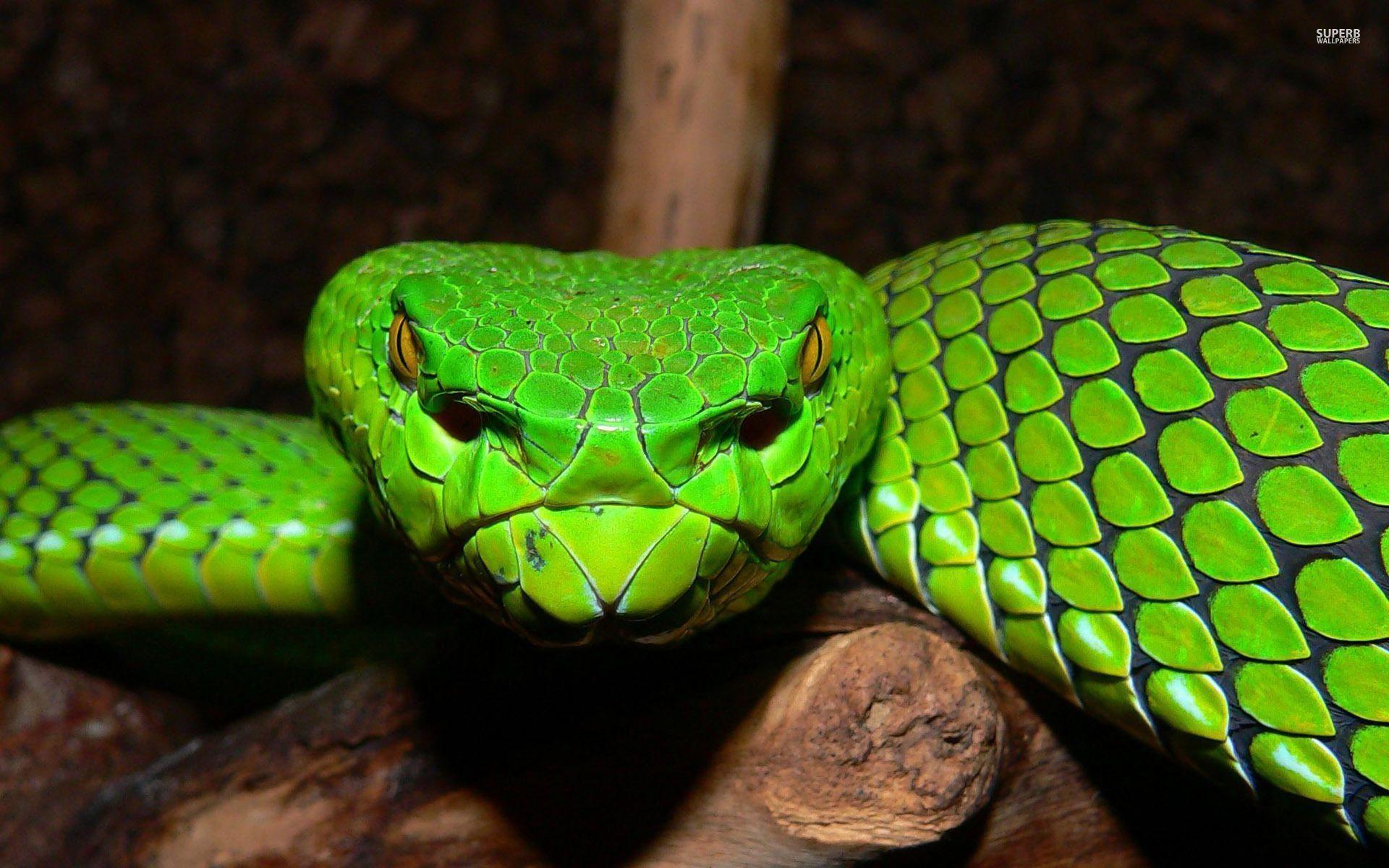
Snakes naturally seek security in confined spaces, but excessive hiding can indicate stress. If your snake begins spending significantly more time in its hides when your dog is in the room, it’s likely feeling threatened. Some snakes might even refuse to emerge from hiding spots during their usual active periods if they can sense the dog nearby. This behavior can be particularly concerning if the snake starts hiding in new, potentially unsafe locations within its enclosure. A snake that previously enjoyed exploring its enclosure but now remains hidden whenever your dog is present is showing signs of significant stress, which requires addressing for its wellbeing.
Unusual Movement Patterns

Changes in how your snake moves can be subtle but important indicators of stress related to your dog’s presence. A snake that appears restless, constantly moving around its enclosure when your dog is nearby, may be searching for an escape route or a safer hiding spot. Conversely, some snakes become unnaturally still, freezing in place when they detect your dog, which is an instinctive predator-avoidance response. Erratic movements, such as quick darting or unusual thrashing, particularly when the dog approaches the enclosure, suggest the snake feels threatened. These movement changes often subside when the dog leaves the area, confirming the connection between the behavior and your dog’s presence.
Stress-Related Health Issues
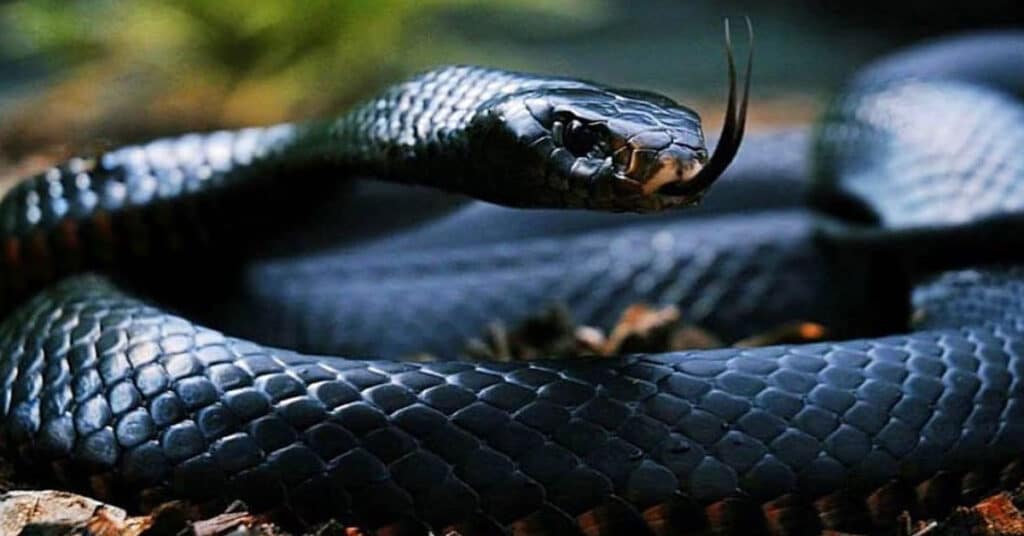
Prolonged stress in snakes can manifest as physical health problems that might be mistaken for illness rather than a response to your dog. Snakes under chronic stress may experience regurgitation after meals, abnormal shedding patterns, or weight loss. Some stressed snakes develop respiratory infections, evident through wheezing, bubbling around the mouth, or unusual breathing patterns. Scale rot or other skin conditions can develop when a stressed snake spends excessive time in damp hide boxes. These health issues appearing shortly after introducing a dog to your household suggest the stress might be related to the new pet dynamic rather than coincidental illness.
Attention-Seeking Behaviors
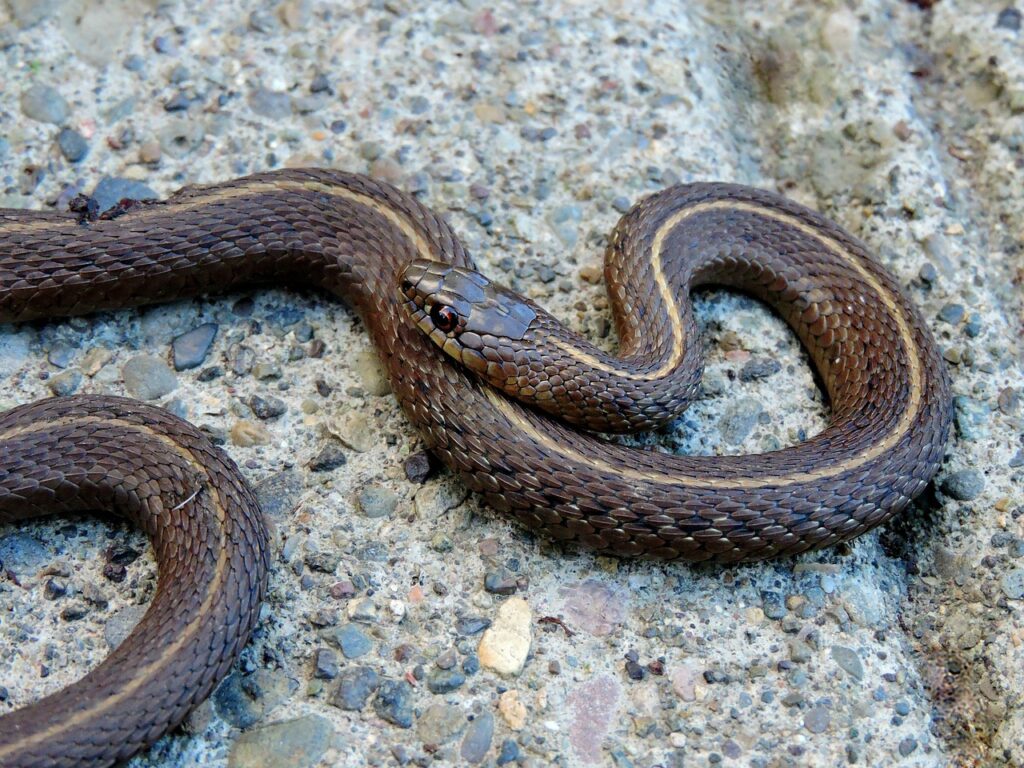
While not precisely “jealousy,” some snake owners report their reptiles displaying what appears to be attention-seeking behavior when they interact with their dogs. A normally reserved snake might suddenly become more active when you’re handling or paying attention to your dog. Some owners notice their snakes pressing against the glass of their enclosure when they’re playing with their dog nearby. Others report their snake becoming more responsive to their presence after they’ve been handling their dog. While these behaviors shouldn’t be anthropomorphized, they can indicate the snake is reacting to changes in your attention patterns or detecting scent transfers between you and your dog.
Scent-Based Reactions
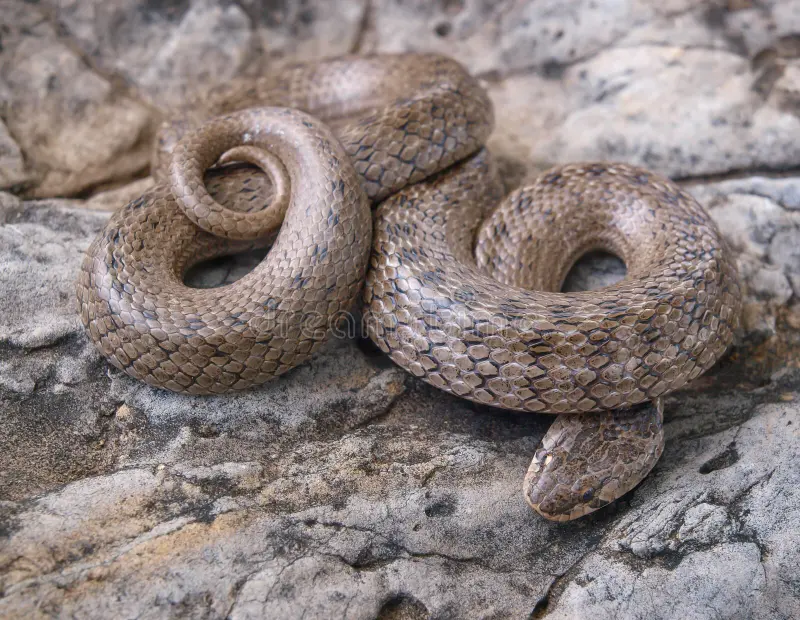
Snakes have a highly developed sense of smell, using their forked tongues to collect scent particles and analyze them via their vomeronasal organ. A snake may display increased tongue-flicking when it detects dog scent on you or in the environment. Some snakes might react negatively if you handle them after touching your dog without washing your hands thoroughly, as they may perceive the dog’s scent as a threat. This reaction can manifest as defensive posturing or refusal to be handled. Particularly sensitive snakes might even react to dog scent lingering in the room, even when the dog isn’t physically present, indicating how powerfully these olfactory signals can affect their behavior.
Territorial Display Changes
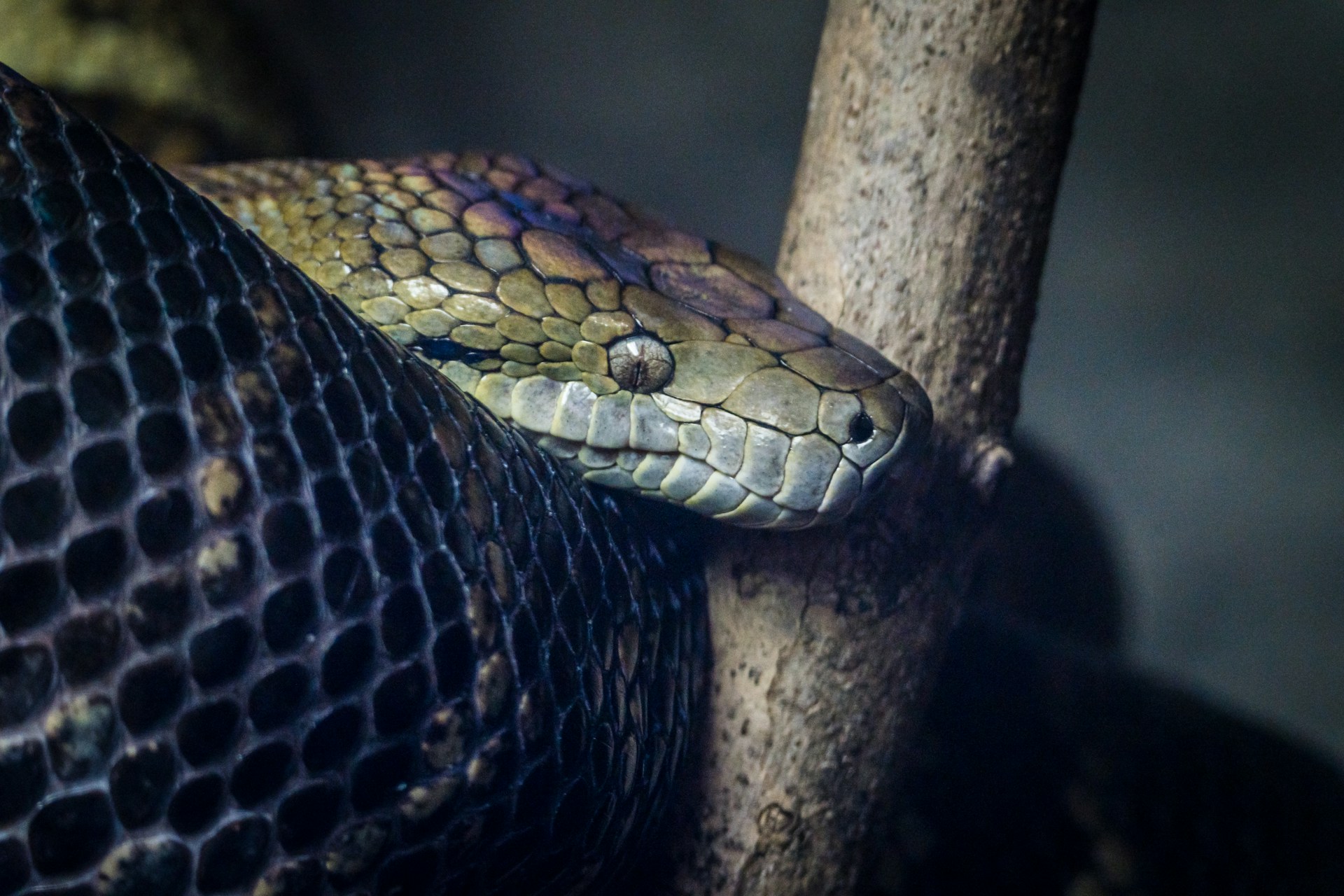
Many snake species exhibit territorial behaviors in their enclosures, and these patterns may change when they perceive competition from another pet. A snake that previously used all areas of its enclosure might suddenly defend only one particular area when the dog is present. Some snakes become more possessive of certain cage accessories, like their favorite hide or basking spot, when they sense the dog nearby. You might notice increased perimeter patrolling, where the snake repeatedly moves along the boundaries of its enclosure when the dog approaches. These territorial shifts often represent the snake’s attempt to secure its space against a perceived competitor or threat rather than emotional jealousy.
Changes in Interaction with You
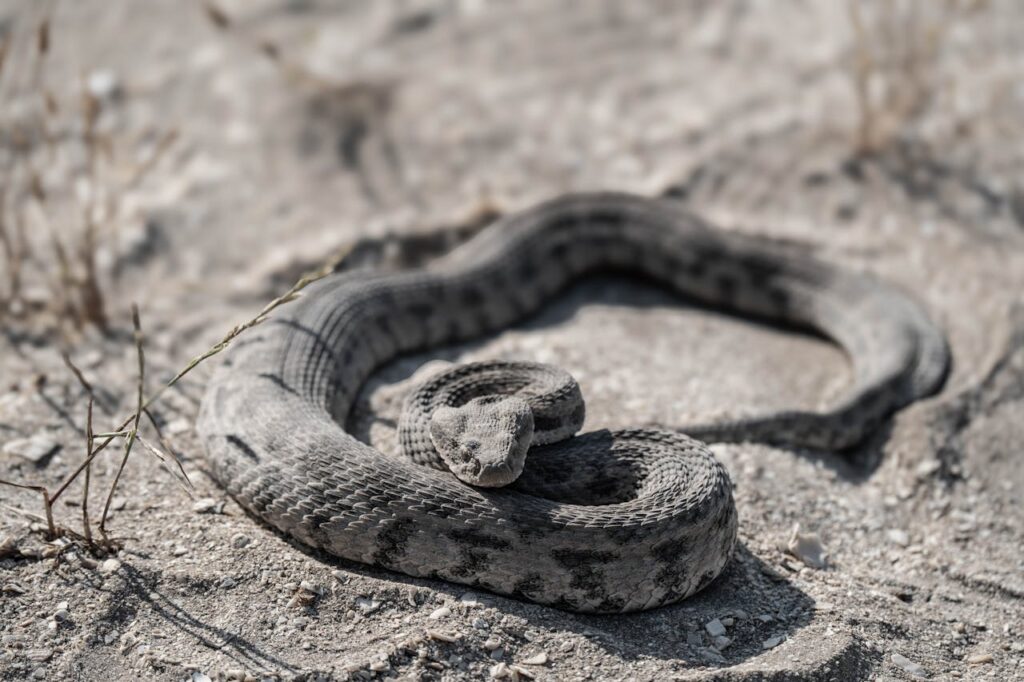
Your relationship with your snake might change in subtle ways if your dog’s presence stresses it. A previously docile snake that suddenly becomes difficult to handle after you’ve interacted with your dog may be responding to both the dog’s scent on you and a perceived shift in the hierarchy. Some snakes become more clingy during handling, wrapping more tightly around your arm or staying closer to your body than before. Others might seem more eager to return to their enclosure when handled, seeking the security of their territory. These behavioural changes often occur gradually as the snake adjusts to the presence of another animal in its environment and perceives changes in its interaction patterns.
Creating Separation Between Pets

One of the most effective ways to reduce stress in a snake that’s reacting negatively to your dog is to create physical and sensory separation between them. Housing your snake in a room the dog doesn’t enter can significantly reduce stress triggers. Using solid-sided enclosures rather than glass terrariums can prevent your snake from constantly seeing the dog, which might be interpreted as a predatory threat. Sound barriers, like keeping the snake’s room door closed during noisy dog play sessions, can prevent stress from auditory stimulation. Additionally, maintaining separate handling routines, including washing hands thoroughly between pets, helps reduce scent transfer that might trigger defensive responses in your snake.
Controlled Introduction Techniques
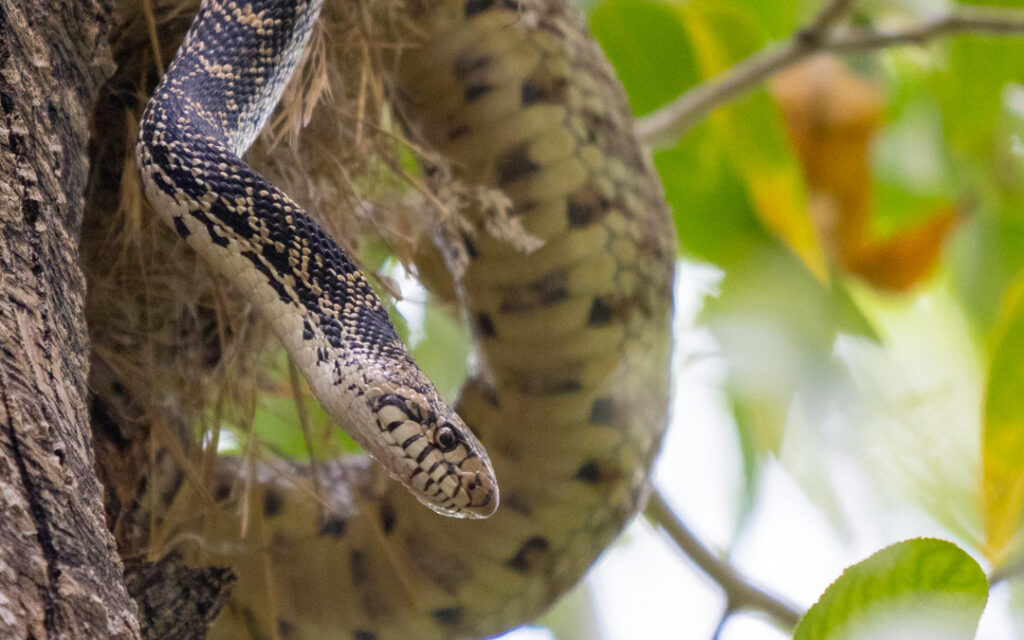
If complete separation isn’t possible, controlled, gradual introductions can help both animals adjust to each other’s presence. Begin by allowing your snake to become aware of your dog’s scent from a safe distance, perhaps by bringing an item with the dog’s scent into the room but not directly next to the enclosure. Train your dog to remain calm and quiet around the snake’s enclosure, rewarding quiet behavior and redirecting excitement. Gradually decrease the distance between the animals over weeks or months, always maintaining secure containment for both pets. Never allow direct contact between your snake and dog, as even well-behaved dogs have predatory instincts that could trigger in unpredictable ways around a moving snake.
When to Seek Professional Help
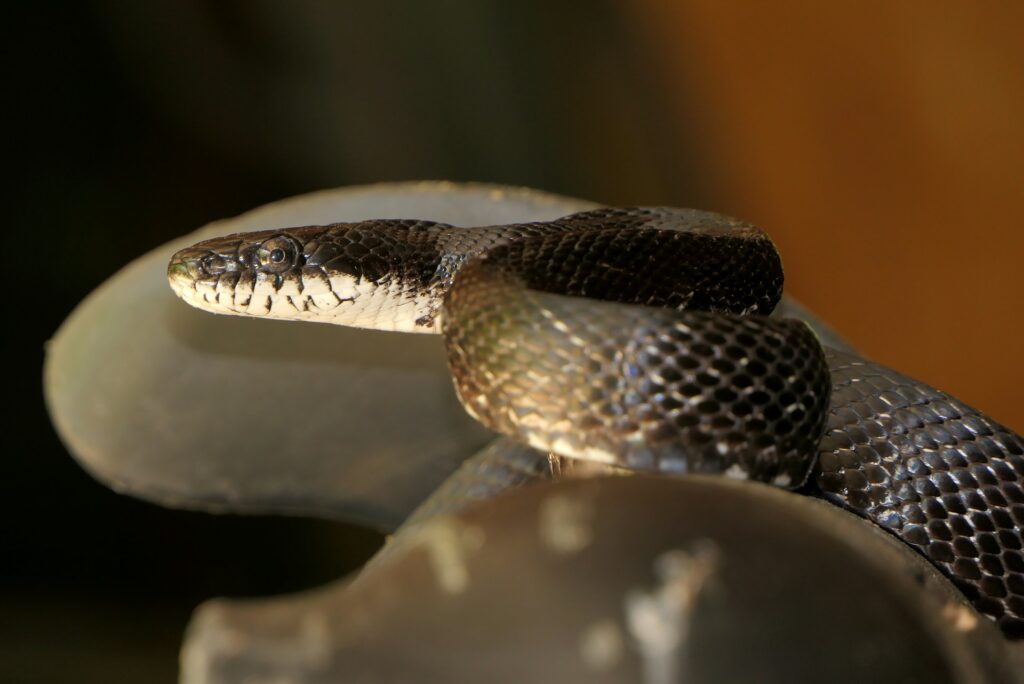
Sometimes, despite your best efforts, the stress between your pets requires professional intervention. If your snake shows persistent signs of severe stress despite separation efforts, consult an exotic animal veterinarian who specializes in reptiles. Continued feeding refusal, aggressive striking at enclosure walls, or stress-related health issues warrant immediate veterinary attention. Animal behaviorists with reptile experience can provide customized strategies for your specific situation, though specialists in this niche area may be difficult to find. In extreme cases where the snake’s health is compromised by chronic stress, you might need to consider rehoming one of the pets to ensure both animals can thrive in appropriate environments suited to their specific needs.
Conclusion: Balancing the Needs of Different Species
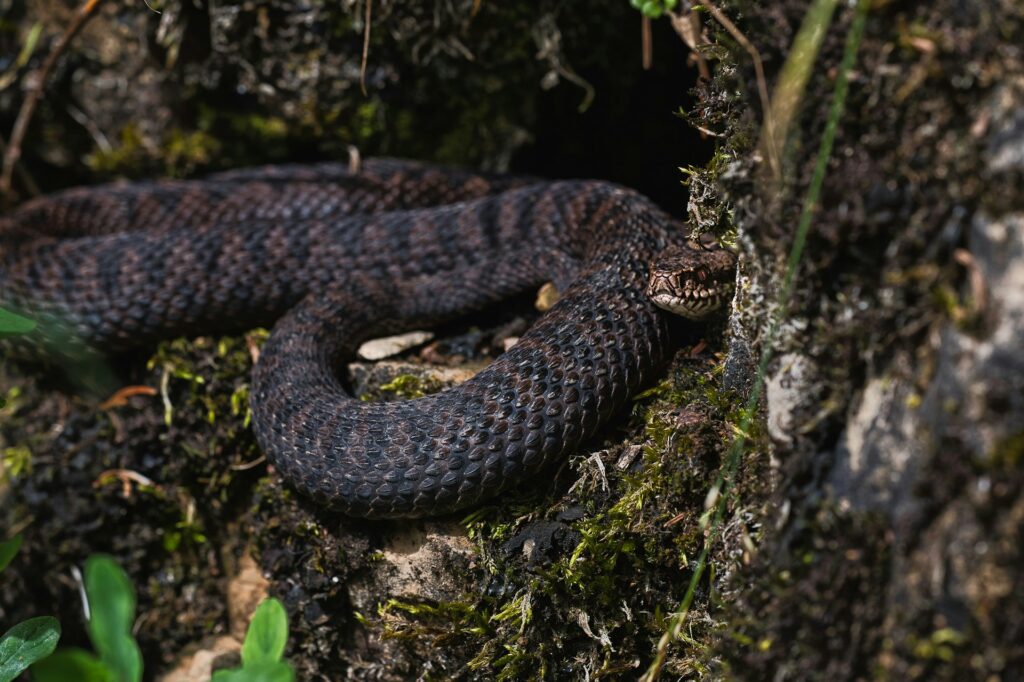
While snakes don’t experience jealousy the way mammals do, they certainly respond to environmental changes and potential threats, which can manifest in behaviors that seem emotionally driven. Successfully maintaining both snakes and dogs in one household requires understanding each species’ natural behaviors and needs rather than projecting human emotions onto them. With proper enclosure setup, careful management of interactions, and attention to behavioral cues, most households can accommodate both types of pets. Remember that your responsibility is to provide appropriate environments where each animal can express natural behaviors without chronic stress. By recognizing the signs of stress in your snake and taking proactive measures, you can create a harmonious multi-species household where both your serpentine and canine companions can thrive.

